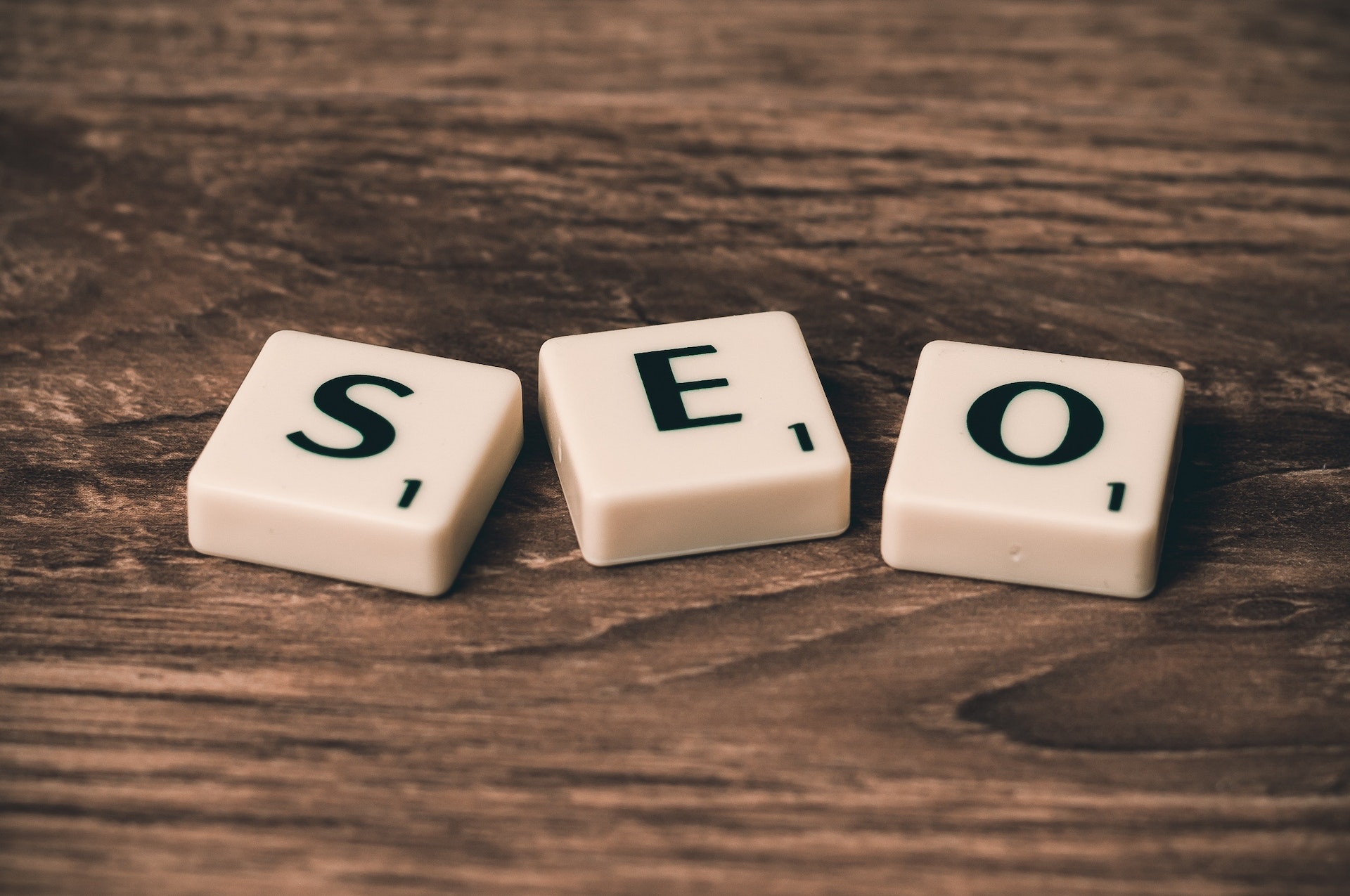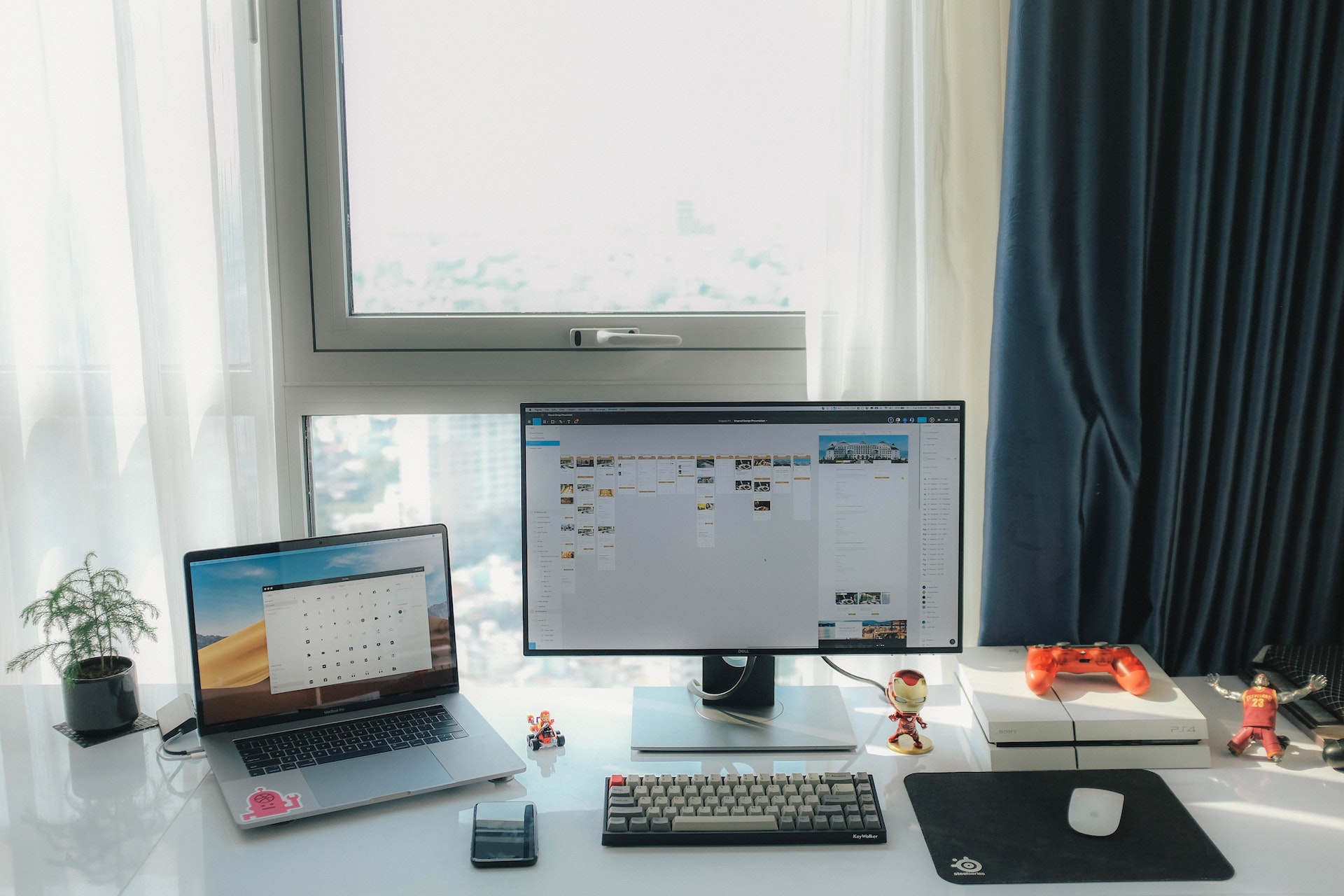A professionally designed website is the entry point for almost any business marketing plan.
Your website sometimes works much better and more effectively than a team of sales representatives. But the cost of building a website is what scares most people away. What looks like a simple, inexpensive website can sometimes cost a fortune.
On the other hand, when you think about it, an outdated, poorly performing website can cost more if it reduces customer retention or doesn’t drive any good leads into your hands. So that’s the million-dollar question: how do you balance a fantastic UX, an attractive, brand-new look and feel, and not going too far over budget on your website?
Most business owners are surprised when they hear what it costs to design a new website or redesign an existing one, and they usually stick with an underperforming website much longer than they should. Maybe this sounds familiar? Well, this is a wake-up call! Whatever the cost, it’s worth it. However, website design and development don’t always have to come with a hefty price tag.
There are a number of things you can do to save money when setting up a website. As a web design agency, we’ll let you in on a few secrets that can probably save you hundreds of dollars on your next website design project. Ready? Let’s get started.

#1 Get Your Plans Straight
This is an absolute no-brainer topic. Before you even consider hiring an agency or freelancer to design your website, you must establish your goals. This will help you get a good sense of what you want your website to look like and what to expect from the designers and developers. If you approach this part correctly, you can avoid spending many extra hours discussing your options with your designer and saving money on website setup.
But with solid, careful planning and establishing the basic ideas, such as the type of setup (a single page, blogging, or an e-commerce website) you want, the number of pages you’d like, and so on, presenting this information to your web designer can save you a lot of money early on.
If you want to save money when setting up a website, provide your designers with as much detailed information as possible. Look at your website project the same way you approach building a house. The construction team wants to know how big the house is, how many rooms and features are needed, etc. Pretty much the same applies to a website. Sketching out some preliminary models or even examples of sites you like will speed up the initial discovery and planning phase for the designers.
#2 Define Your Content Strategy
“What does this have to do with web design?” you may ask. The answer is everything! You should already have an idea of the type of content you want to present on your website. The type of content you want to publish and the kind of audience you want to target play a significant role in designing needs-specific web features.
If possible, you should provide your web designer with the written content, images, videos, or other content at the beginning of the project. You’d be surprised how many projects stall simply because the client doesn’t have the content ready. These are avoidable delays and prevent unnecessary costs when launching the website.
Another thing to avoid hiccups: nothing can blow a budget for a website design like constant changes to the type and combination of content during the design stage. This may seem like a tiny change, but it can require a different development process. So if you want to save money when setting up a website, write down as many details as possible, organise them, and proofread and get a professional second opinion.
#3 Repurpose Your Existing Content
Marketers have a motto: “Content rules!”. It is famous because, after years of rapid marketing evolution and the emergence of various tactics and strategies, quality content has never been replaced. And it is indeed the most significant part of your website’s development. But it also comes at a price.
Many companies prefer brand new content for their brand new website, and understandably so. A “brand new us” often means scrapping the previous content to make it look fresh and new. Not only is this refreshing for business owners, but it can also pique visitors’ curiosity and make them want to see how things have changed.
But if you’re working on a shoestring budget for your website and your existing content is still relevant and performing well, there is no reason to throw it in the trash can. Go through your content stash, and see what can be optimised and reused in a fraction of the time. Start with content analysis to determine what content has attracted visitors in the past. This can also provide accurate, actionable insights for your future content strategy.
#4 Effective Communication
Maintaining a great work relationship with your web designer is the key to any project’s progress. If you want to see changes in real-time, you can ask your developer to put the website on a test server/environment. If you find that things aren’t going the way you thought they would, you can call them and ask for explanations. And sure, they often have convincing reasons for their decisions.
If they do not, you should ask for changes and make sure the other side fully understands your business goals. Effective communication allows you to change the course of the project if something does not turn out the way you thought it would and avoids potentially wasting hours following up.
Remember, however, that new ideas will always come up that may not always be in your best interest. Your best bet is to stick to your guns and not get caught up in project creep. Each new change to your website means the project will drag on and cost you more money. If you limit these changes, you can save yourself a lot of money.
#5 Pick A Solid Open-Source CMS
If you do not want to pay expensive annual licensing fees, you can use an open-source content management system (CMS) for your website. CMS platforms like WordPress, Joomla, or Drupal are all reliable options. They allow you to run a full-featured professional website without the high ongoing costs of enterprise software.
There was a time when open source software was widely considered buggy or only for running amateur blogs. But that’s no longer the case. CMS platforms have improved by leaps and bounds and are adaptable to any new business website. WordPress, for example, now powers nearly two-thirds of the world’s websites and can be scaled cost-effectively with plugins like e-commerce, forums, contact forms, membership, and more.
#6 Use Pre-Made Templates
Probably the easiest way to keep your website costs under control is to use a pre-designed template. This eliminates, or at least significantly reduces, the time it takes a designer or web developer to create the look of a website. And don’t think that ready-made templates are a one-size-fits-all solution. Their diversity is not to be trifled with.
There are hundreds of web design companies that create website templates for all types of businesses. Of course, the more popular platforms offer a wider range of options. For example, if you create your website with WordPress, you can choose from thousands of templates.
#7 Find Experienced Designers
Nothing is better than experience. And don’t assume that “experience” equals “expensive”. An experienced designer will provide you with a wealth of ideas to improve your online and customer experience. After all, they have been around the block and know what works and what doesn’t. And we all know that trial and error isn’t a cheap strategy.
If you’re unsure that you’ve selected the right candidate, don’t rush. Reach out to their previous clients and ask for honest, thorough feedback. You can also review the candidate’s qualifications and portfolio to see if they’ve worked on similar sites in your industry before. If you’re happy with the results they’ve achieved for previous clients, there’s a good chance you’re on the right track.

#8 Free Photos for Everyone!
Many companies can’t afford the luxury of paying for stock images to use on their websites. While this looks appealing and professional, it’s not the most cost-effective option when it comes to saving money when setting up a website.
If you already have a collection of existing images, you can continue to use them. However, make sure that these images are of high quality and match your brand voice. If this is not the case, there are great free stock imagery websites, including Unsplash and Pexels, that offer free and paid images.
A common belief is that using stock photos will hurt your brand’s reputation. That’s entirely false. As long as pictures suit your needs and you make careful choices, there is no need to worry. Remember that choosing a random image never pays off, whether free or paid. The photos should fit your story and match the purpose or appeal to the audience they are being used for.
#9 Get the Full Package
Before hiring a website developer, ensure they have the skills you need. If you hire a design agency, check their services, such as maintenance support or website audit. This will save you a fortune from looking for other contractors to help finish the project. The project’s total cost will be significantly reduced if you outsource the entire process to one company.
Also, enquire if your web design company offers SEO services. SEO does not necessarily begin after a website is completed. Rather, it is advisable to incorporate it into the design, page names, images, content, and other elements already. A web design compatible with SEO is more likely to attract organic traffic. A website can be nice-looking and stunning, but your target audience will never see your content if it is not search-engine friendly.
Apart from visual appeal, you should also consider other aspects such as image size, navigation, user- and search engine- friendliness, and colours. Responsive design is another practical feature as it allows access to a broader audience.

Bottom Line
We understand that hiring a web design company is necessary for any business. It is also a great way to save money when setting up a website. The goal is to create a website you can enjoy for years without costing you a fortune. And hopefully, these tips will help you choose a company with the experience and expertise to do the job effectively.
And the final piece of good news is that you don’t have to look any further. We offer everything you need to make your website work for your business. From website design and development to digital marketing, SEO, website hosting, maintenance, performance optimisation, and website security audits – we cover it all. Contact us now and take your business to the next level.









